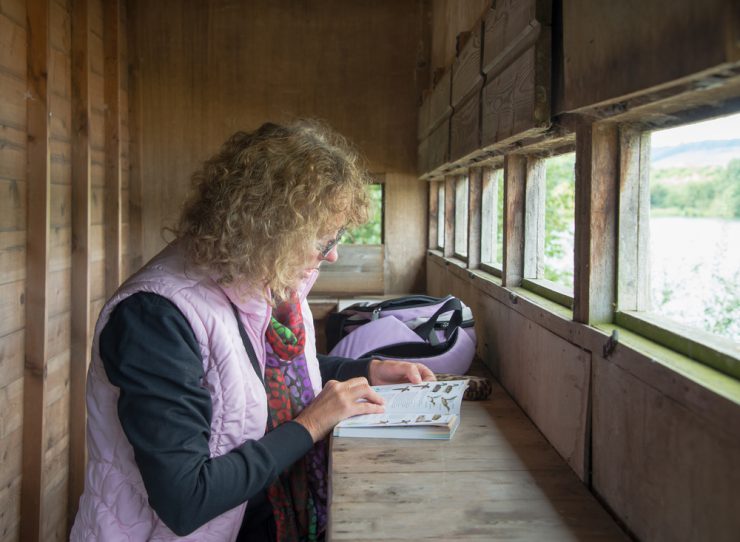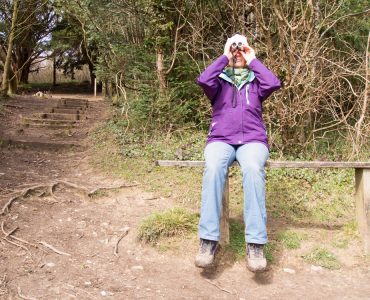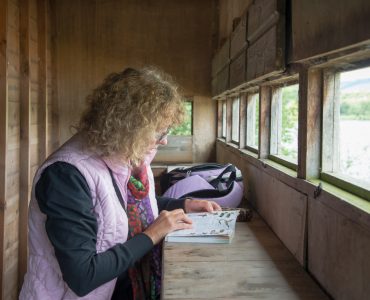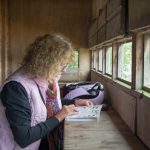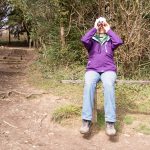The Red Kite is a very rare bird, larger than the buzzard but not very large. It has long graceful wings and the tail ends in a distinctive fork shaped structure. This body alignment is what gives these kites an intense agility when in flight. The plumage of the red kite, as the name suggests, is a reddish brown colour, and streaks of black lining along the patches. The tail however, with its deep fork, is a bright orange red shade. The head of the bird has a slight whitish tinge with darker streaks of its feathers colours all over the top portion. The bill of the red kite is a hooked structure, with a cere, yellow in colour. The eyes and legs are also coloured yellow, and the rings around the eye are also a brighter yellow shade. The male bird and female bird are very alike in colour and appearance, with the only difference being that the female birds are larger in size.
The young juveniles are less distinct than the adults, with lesser streaks, and the coverts under its tail are coloured a pale brownish shade rather than the red tinge. When the red kite is in flight, the tale fork and the pale patches on the upper tips of its wings are the only characteristic features making the birds recognisable. The scientific name of the bird is Milvus Milvus, and an adult fully grown bird can go to lengths of 60 to 66 cm. The bird weighs approximately 750 to 1000 grams, making it a very heavy bird. The wing span of this huge bird is also extremely large compared to others, with a width of 145 to 160 cm. the bird is present all year round and has a current status marked as amber in Britain.
The red kite’s voice is a pleasant sound, like a high pitched mewing noise, going something like a ‘weee – ooo ee oo ee oo ee oo’. They are a trademark sound, easily associated with the red kite, and one of its characteristic features. The British Red Kites are generally very sedentary. However, the juvenile young ones do tend to migrate widely during the autumn season, but return back to their natal place in the spring time.
Red kites are mainly ground feeding birds, rummaging around in the ground and low trees and shrubs for food. They feed mainly on carrion, but at times also tend to kill live animals as prey and feed on their flesh. These may include birds, tiny mammals, and others like caterpillars and earthworms. They are scavenger birds in urban areas. The breeding season of the red kite starts from the month of March till May. The nests of the bird, built by the female are generally located in tall trees, it is made of twigs and grass. The nests are also often decorated with bits of rubbish that the male brings in, like polythene bags and the like. The incubation period lasts about 28 to 30 days, with both parents of the young one performing their duties and feeding the juvenile. About 80 days after birth, the young ones are free to become independent.


